Ultrasound-Guided Breast Biopsy
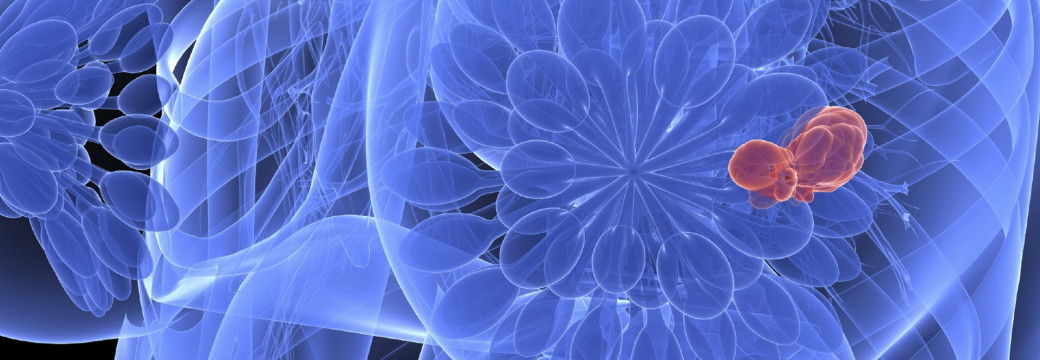
An ultrasound-guided breast biopsy uses sound waves to help locate a lump or abnormality and remove a tissue sample for examination under a microscope. It is less invasive than surgical biopsy, leaves little to no scarring and does not involve exposure to ionizing radiation.

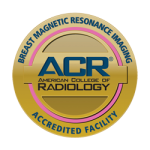
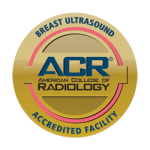
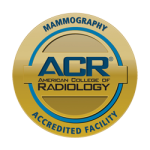
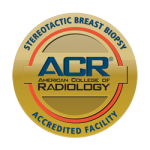
What is Ultrasound-Guided Breast Biopsy?
Lumps or abnormalities in the breast are often detected by mammography, physical examination or other imaging studies. It is not always possible to tell from these imaging tests whether a growth is benign or cancerous.
A breast biopsy is performed to remove some cells from a suspicious area in the breast and examine them under a microscope to determine a diagnosis. This is performed by our radiologist using a less invasive procedure that involves a hollow needle and image-guidance.
Ultrasound guided biopsy is performed by taking samples of an abnormality using the ultrasound imaging instruments to visualize the site of the abnormal growth. This type of biopsy is not done to remove the entire lesion.
What are some common uses of the procedure?
An ultrasound-guided breast biopsy can be performed when a breast ultrasound shows an abnormality such as:
- a suspicious solid mass
- a distortion in the structure of the breast tissue
- an area of abnormal tissue change
There are times when your doctor may decide that ultrasound guidance for biopsy is appropriate even for a mass that can be felt.
Ultrasound guidance is used in four biopsy procedures:
- fine needle aspiration (FNA), which uses a very small needle to extract fluid or cells from the abnormal area.
- core needle (CN) which uses a large hollow needle to remove samples of breast tissue per insertion.
- Vacuum-assisted device (VAD) which uses a vacuum powered instrument to collect multiple tissue samples.
- wire localization, in which a guide wire is placed into the suspicious area to help the surgeon locate the lesion for surgical biopsy.
How should I prepare?
You should wear comfortable, loose-fitting clothing for your ultrasound exam. You may need to remove all clothing and jewelry in the area to be examined. You may be asked to wear a gown during the procedure.
Discuss any over the counter or prescription medications you are taking, including herbal supplements and aspirin. Tell your doctor about any recent illnesses, medical conditions and whether you have any allergies, especially to anesthesia. You will be advised to stop taking aspirin or blood thinning medications up to five days before your procedure.
We suggest you have a relative or friend accompany you and drive you home afterward. This is recommended if you have been sedated.
How is the procedure performed?
Image-guided, minimally invasive procedures such as ultrasound-guided breast biopsy are performed by our specially trained radiologists.
Breast biopsies are done on an outpatient basis.
You will be positioned lying face up on the examination table or turned slightly to the side.
A local anesthetic will be injected into the breast to numb it.
Pressing the ultrasound probe to the breast, the sonographer or radiologist will locate the lesion.
A very small nick is made in the skin at the site where the biopsy needle is to be inserted.
The radiologist, monitoring the lesion site with the ultrasound probe, will insert the needle and advance it directly into the mass.
Tissue samples are then removed using one of three methods:
- In a fine needle aspiration, a fine gauge needle and a syringe withdraw fluid or clusters of cells.
- In a core needle biopsy, the automated mechanism is activated, moving the needle forward and filling the needle trough, or shallow receptacle, with ‘cores’ of breast tissue. The outer sheath instantly moves forward to cut the tissue and keep it in the trough. This process is repeated two to six times.
- With a vacuum-assisted device (VAD), vacuum pressure is used to pull tissue from the breast through the needle into the sampling chamber. Without withdrawing and reinserting the needle, it rotates positions and collects additional samples. Typically, eight to 10 samples of tissue are collected from around the lesion.
After this sampling, the needle will be removed.
If a surgical biopsy is being performed, a wire is inserted into the suspicious area as a guide for the surgeon and small marker may be placed at the biopsy site so that it can be located in the future if necessary.
Once the biopsy is complete, pressure will be applied to stop any bleeding and the opening in the skin is covered with a dressing. No sutures are needed.
This procedure is usually completed within an hour.
What will I experience during and after the procedure?
Most women report little or no pain and no scarring on the breast and you are awake during the biopsy with little discomfort.
When you receive the local anesthetic to numb the skin, you will feel a slight pin prick from the needle and you may feel some pressure when the biopsy needle is inserted. The area will become numb within a short time.
You must remain still while the biopsy is performed.
As tissue samples are taken, you may hear clicks or buzzing sounds from the sampling instrument.
You should contact your physician if you experience excessive swelling, bleeding, drainage, redness or heat in the breast. Some bruising is normal and you may be instructed to take over the counter pain medication if needed.
If a marker is left inside the breast to mark the location of the biopsied lesion, it will cause no pain, disfigurement or harm.
You should avoid strenuous activity for 24 hours after the biopsy. After that period of time, you will usually be able to resume normal activities.
Who interprets the results and how do I get them?
A pathologist examines the removed specimen and makes a final diagnosis. Our radiologist or your referring physician will share the results with you. The radiologist will also evaluate the results of the biopsy to make sure that the pathology and image findings are appropriate.
Follow-up examinations may be necessary, and your doctor will explain the exact reason why another exam is requested and when to schedule it.
What are the benefits vs. risks?
Benefits
- The procedure is less invasive than surgical biopsy, leaves little or no scarring and can be performed in less than an hour.
- Ultrasound imaging uses no ionizing radiation.
- Ultrasound-guided breast biopsy reliably provides tissue samples that can show whether a breast lump is benign or malignant.
- Compared with stereotactic breast biopsy, the ultrasound method is faster and avoids the need for ionizing radiation exposure.
- With ultrasound it is possible to follow the motion of the biopsy needle as it moves through the breast tissue.
- Ultrasound-guided breast biopsy is able to evaluate lumps under the arm or near the chest wall, which are hard to reach with stereotactic biopsy.
- Ultrasound-guided biopsy is less expensive than other biopsy methods, such as open surgical biopsy or stereotactic biopsy.
- Recovery time is brief and patients can soon resume their usual activities.
Risks
- There is a risk of bleeding and forming a hematoma, or a collection of blood at the biopsy site. The risk, however, appears to be less than one percent of patients.
- An occasional patient has significant discomfort, which can be readily controlled by non-prescription pain medication.
- Any procedure where the skin is penetrated carries a risk of infection. The chance of infection requiring antibiotic treatment appears to be less than one in 1,000.
- Depending on the type of biopsy being performed or the design of the biopsy machine, a biopsy of tissue located deep within the breast carries a slight risk that the needle will pass through the chest wall, allowing air around the lung that could cause the lung to collapse. This is an extremely rare occurrence.
Please visit www.Radiologyinfo.org for additional information on this procedure.

